Instantaneous Velocity Calculator
To find instantaneous velocity, add the initial velocity to the product of time and acceleration. This captures the exact velocity at a specific moment, ideal for motion analysis.
To find instantaneous velocity, add the initial velocity to the product of time and acceleration. This captures the exact velocity at a specific moment, ideal for motion analysis.
The Instantaneous Velocity Calculator assists in figuring out a precise velocity at a given time, based on initial velocity and constant acceleration. This measure is vital in physics, engineering, and real-world applications like vehicle speed assessments or tracking objects in motion.
It offers insight into the rate of change of position in an instant, unlike average velocity, which covers a whole period.
Vt = V0 + T ∗ a
| Variable | Description |
|---|---|
| Vt | Instantaneous Velocity |
| V0 | Initial Velocity |
| T | Time |
| a | Acceleration |
Example 1:
Calculate instantaneous velocity when the initial velocity (V0) is 10 m/s, acceleration (a) is 2 m/s², and time (T) is 5 seconds.
| Step | Calculation |
|---|---|
| 1 | Vt = 10 + (5 ∗ 2) |
| 2 | Vt = 10 + 10 |
| 3 | Vt = 20 m/s |
Answer: The instantaneous velocity is 20 m/s.
Example 2:
If V0 is 8 m/s, a is 3 m/s², and T is 4 seconds, find the instantaneous velocity.
| Step | Calculation |
|---|---|
| 1 | Vt = 8 + (4 ∗ 3) |
| 2 | Vt = 8 + 12 |
| 3 | Vt = 20 m/s |
Answer: The instantaneous velocity is 20 m/s.
The Instantaneous Velocity Calculator is a fine tool that can find the speed and direction of an object at a specific instant. More commonly, it is used in physics and calculus to understand motion accurately. Instantaneous velocity represents the rate of change of position at a particular moment.
In that way, it provides insights into an object’s behavior at any given point. This concept is crucial in fields like mechanics and kinematics, where motion analysis is essential.
In case, you plan to use the calculator, you need values such as time intervals and positions. Simply, by inputting these values, the calculator can help determine instantaneous velocity, often involving calculus to find derivatives that represent the change in position over time.
Finishing off on this note, the Instantaneous Velocity Calculator simplifies analyzing movement, offering precise data for time-specific motion, a valuable tool in physics and engineering for accurate velocity measurement.
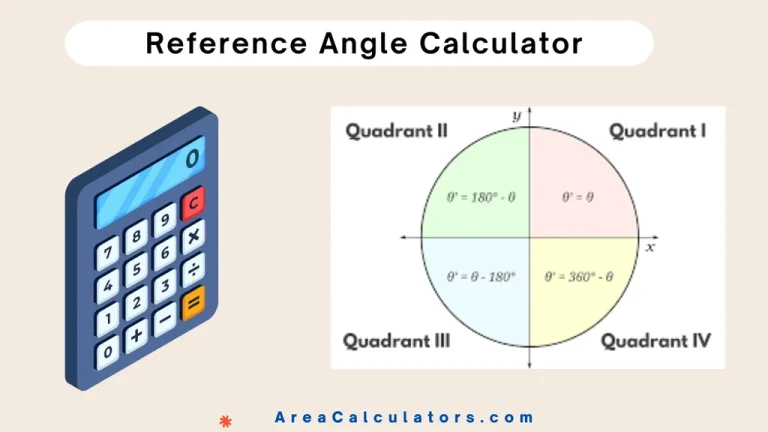
To find the reference angle, determine which quadrant the angle is in, then apply the corresponding formula. The Reference Angle Calculator serves in finding the reference angle. Basically, a reference angle is a positive acute angle that is formed by the terminal side of a given angle and the x-axis. Reference angles are important in…
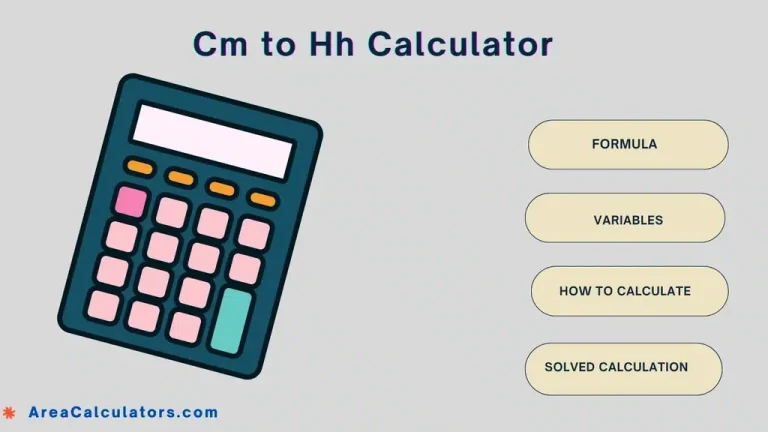
To convert centimeters to hands, divide the height in centimeters (Cm) by 10. This will give you the height in hands. The Cm to Hh Calculator is a simple tool used to convert centimeters (cm) to hands (hh), a unit often used to measure the height of horses. This calculator makes it easy to determine…
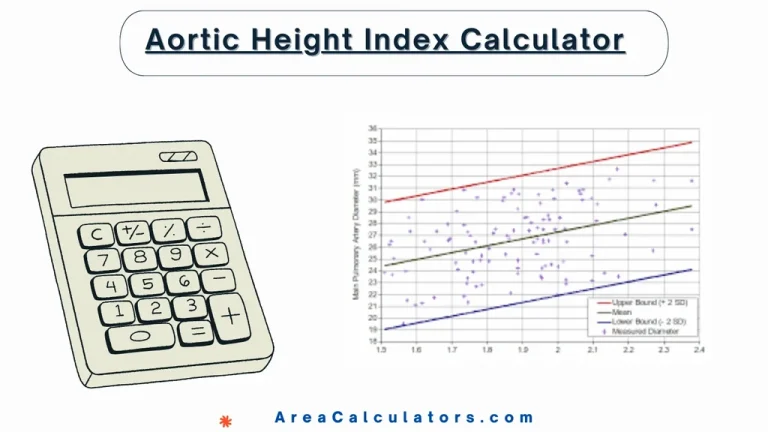
To calculate the aortic valve area, multiply the cross-sectional area by the VTI of the LVOT, and then divide by the VTI of the aortic valve. The aortic valve area (AVA) is an essential measurement used to assess the severity of aortic stenosis and valve functioning. This value is critical for diagnosing valve diseases and…
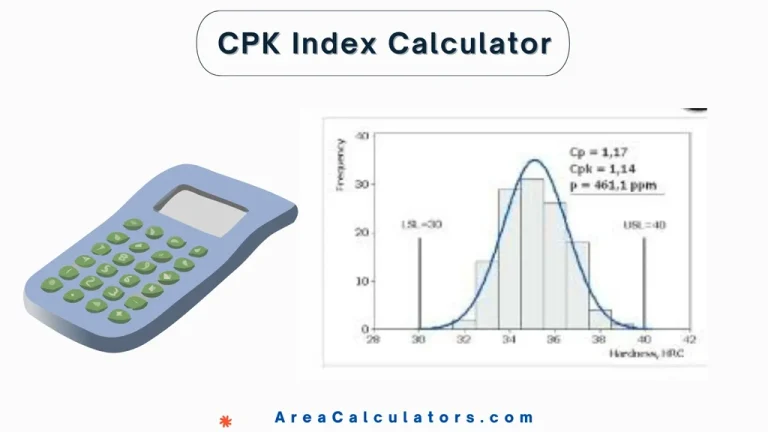
To calculate the Cpk index, determine the process mean and standard deviation. Then, subtract the mean from both the upper specification limit (USL) and the lower specification limit (LSL). Divide these results by three times the standard deviation and choose the smaller value. This gives the Cpk index, which indicates process capability. The Cpk Index…

To calculate the Code Admission Index (CAI), multiply your GPA by 0.5, your standardized test score by 0.3, and your experience points by 0.2. Then sum the results to get the overall index. The Code Admission Index (CAI) Calculator is used by applicants to assess their chances of being admitted to competitive programs or universities….
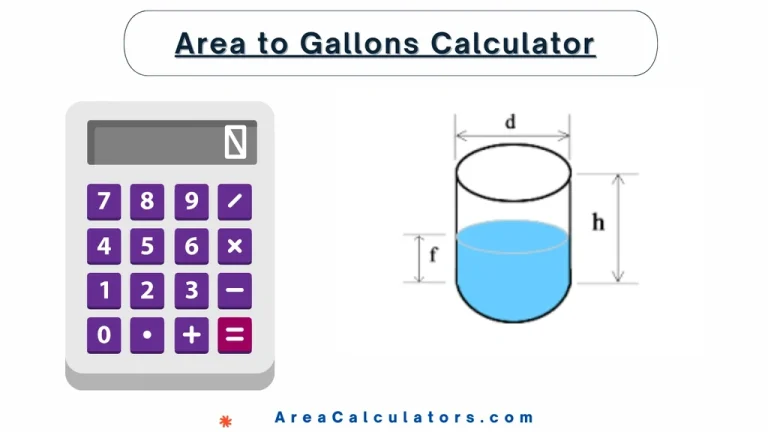
To calculate gallons from an area, multiply the area by the depth and a constant (7.481). The Area to Gallons Calculator is a useful tool for determining the volume of liquid, such as water or fuel, based on a given area and depth. This is commonly used in applications involving water storage, tank capacity planning,…